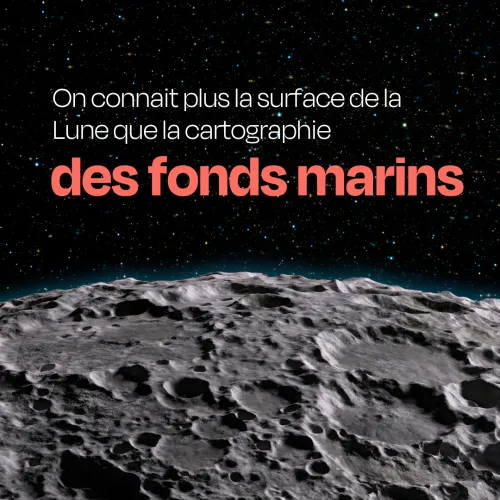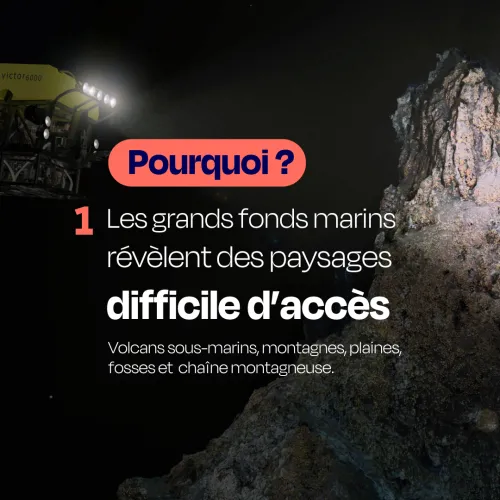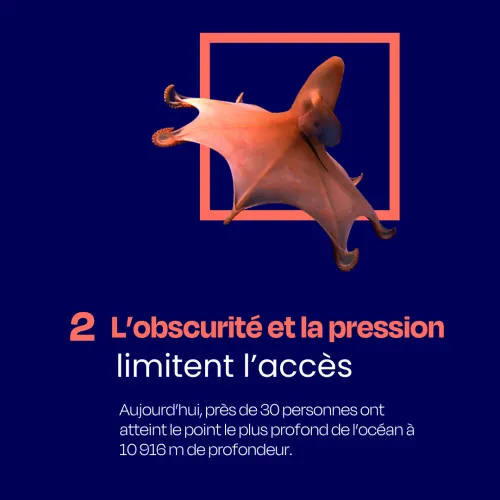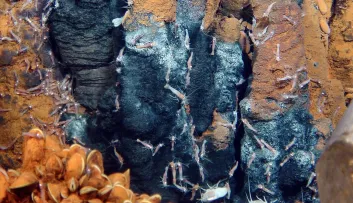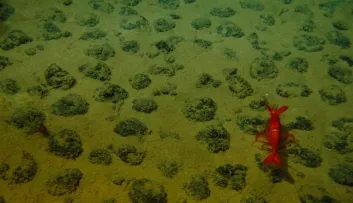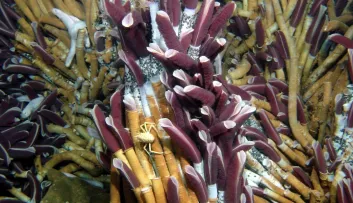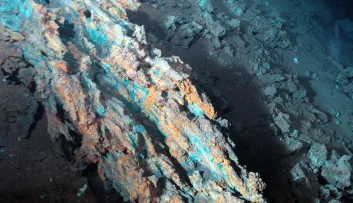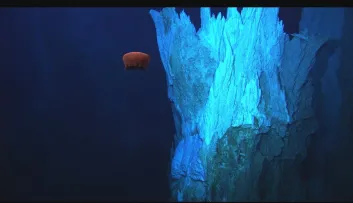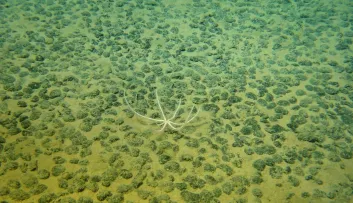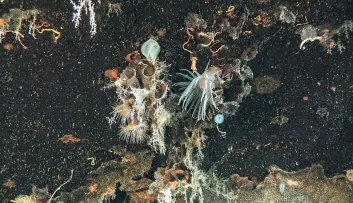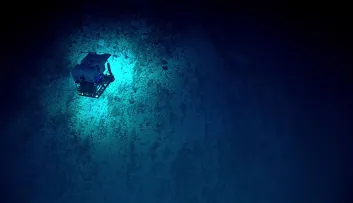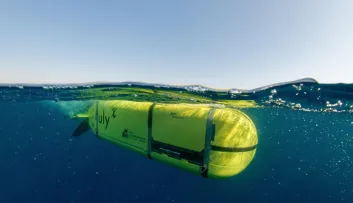Abyss 4mn
Explore or mine the deep seabed: what is the current situation?
Should we mine deep-sea mineral resources?
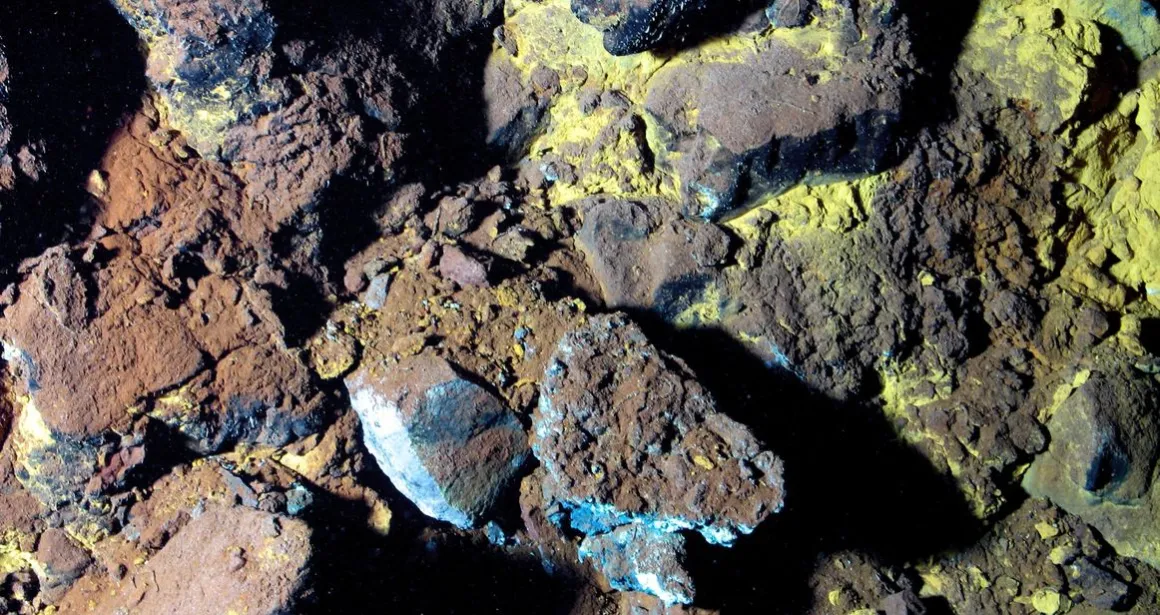
Updated on 4 December 2024
The subject of the deep seabed is becoming increasingly topical in the media as decisions loom on the possibility of mining the resources of the abyss to support the energy transition.
France is in favour of a ban on deep-sea mining, whereas other countries are in favour of a moratorium, and some would like to be able to tap into the mineral resources found at these depths.
Today, should we mine deep-sea mineral resources?
Who manages the deep seabed?
The International Seabed Authority was set up in 1994 under the aegis of the United Nations to organise and control activities related to deep-sea mineral resources, including exploration and mining of the deep seabed.
This is because both the area of the seabed known as “the Area” and the high seas lie beyond the continental shelf and national jurisdictions. These are international zones that belong to no-one, but are the responsibility of everyone.
The “area” covers mineral resources (solid, liquid or gaseous) on the seabed or in the subsoil, and these resources have the status of the “common heritage of mankind” under the Convention on the Law of the Sea.
Article 137 of the Convention states that no State shall claim or exercise sovereignty or sovereign rights over any part of the Area or its resources, nor shall any State or natural or juridical person appropriate any part thereof.
Are we exploring the deep seabed?
At present, only exploration rights have been granted, awarded to States or private or public companies that are sponsored by the States. The areas explored are in the Clarion-Clipperton zone, the Indian Ocean, the Mid-Atlantic Ridge and the Pacific Ocean.
In France, Ifremer has been granted two exploration licences, the first for the Clarion-Clipperton zone and the second for the Mid-Atlantic Ridge.
In October 2023, scientists set sail on board the Pourquoi pas? “for a campaign covering 5 hydrothermal fields spread over more than 800 km along the Mid-Atlantic Ridge, to a depth of more than 3,700 metres, to gain a better understanding of the formation of deep-sea ecosystems and the life cycle of the species that inhabit them.”
Do we have the right to mine the deep seabed?
For the time being, no deep-sea mining rights have been granted in the Area. Some countries, such as China, Mexico and Nauru, are in favour of issuing mining rights as quickly as possible.
Norway, which had planned to open up its Arctic territorial waters to deep-sea exploration in 2025, has now abandoned this initiative.
This political decision comes in the context of budget negotiations within the Norwegian government. This concession, granted to the Socialist Left, which is in a minority in the government, means a suspension that will apply in 2024 and 2025.
When it was announced at the beginning of 2024 that Norway would be issuing exploration licences in its Arctic waters, there were numerous protests from NGOs and also from the European Parliament.
This announcement comes at a time when a few days ago, WWF Norway launched a lawsuit against the Norwegian government, calling for mining exploration to be suspended pending impact studies.
In March 2024, a group of 25 countries, including France, took a stance against deep-sea mining on the grounds of the precautionary principle, but did not abandon scientific exploration to gain a better understanding of this environment. The European Parliament has voted a resolution in favour of a moratorium on deep-sea mining.
Further discussions were held from the 18th to the 29th of March during the first part of the 29th annual session of the ISA and continued in July 2024. Negotiations are focusing on drafting a mining code and the environmental precautions to be introduced in the event that mining authorisation is granted.
We must join forces to protect the deep seabed!
Nausicaá endorses France’s position against deep-sea mining and will use every means at its disposal to raise awareness and mobilise as many people as possible in support of a moratorium.

